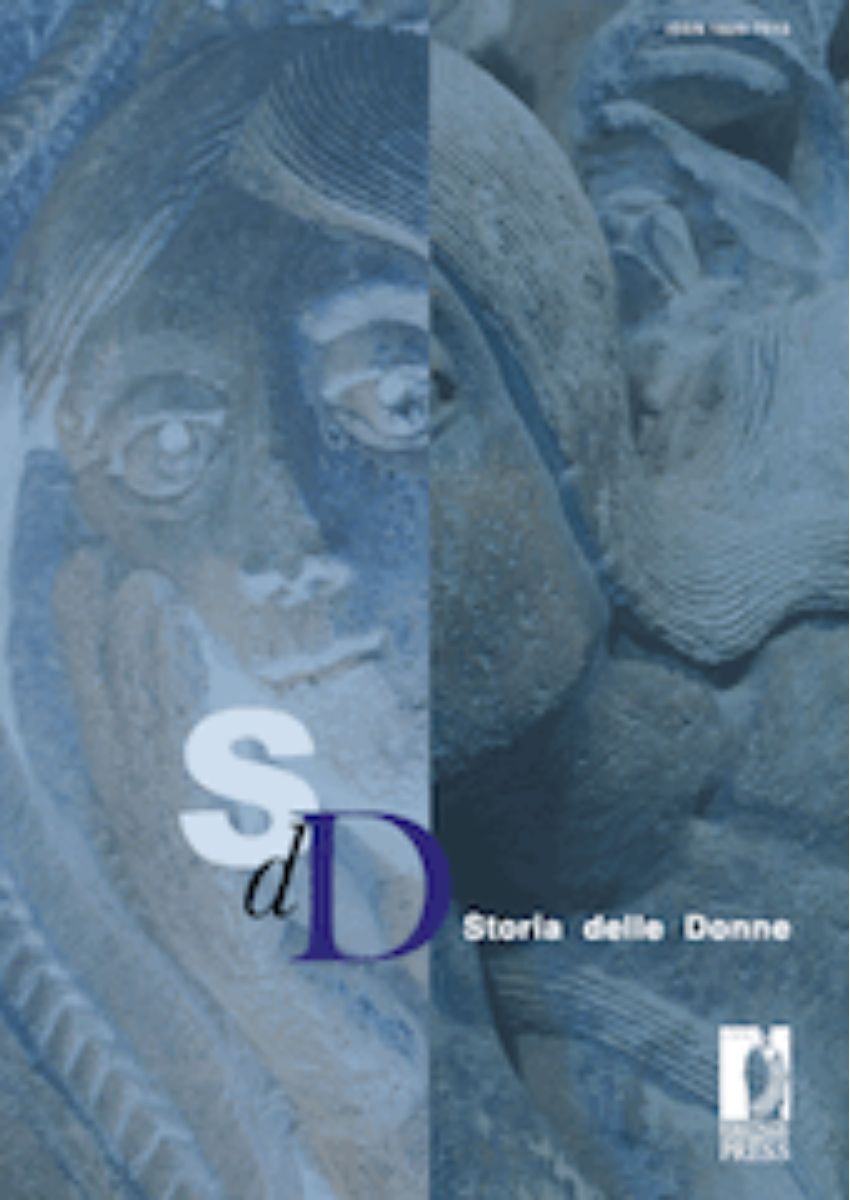Abstract
Within the well-structured context of Waldensian educational history, and in particular, that of education for girls, one secondary school stands out. The Pensionnat pour jeunes filles was founded in the first half of the 19th century in Torre Pellice by the English Colonel, Charles Beckwith, on the model of British boarding schools for young ladies, with the intent to provide education to the daughters of Waldensian pastors and to those of the local protestant elite. Here the young women received training considered to be appropriate for their conditions and social standing, providing the basis for a course of study which would permit them to take on roles like that of school mistress, governess, or lady’s companion for the families of the European Protestant nobility. By tracing the educational background and life stories of some of the students, in particular, those of three sisters who were daughters of a Waldensian pastor, it has been possible to reconstruct the social origins, the educational programs and the later lives of Waldensian teachers and governesses. In examining the stories of these young women, born and raised in a cultural environment conditioned by their membership in a minority group, their confessional background emerges as a key factor. Thanks to longstanding ties with the world of Protestant Europe and to the financial support that world provided, these young women were able to prepare themselves by following an international curriculum and subsequently practice their professions throughout Europe from Great Britain to Russia.


